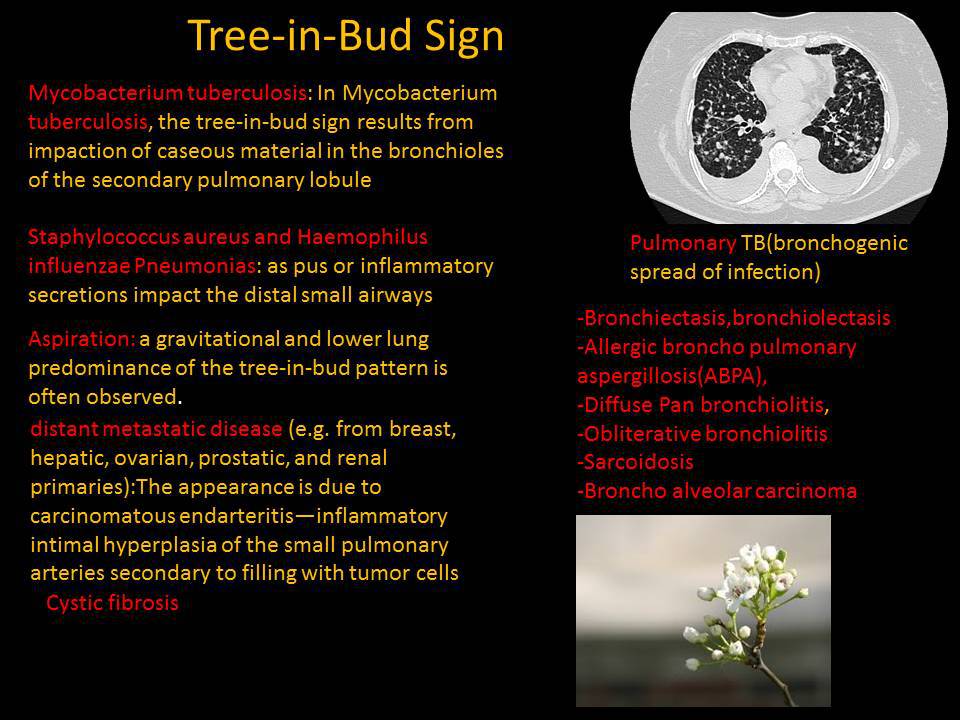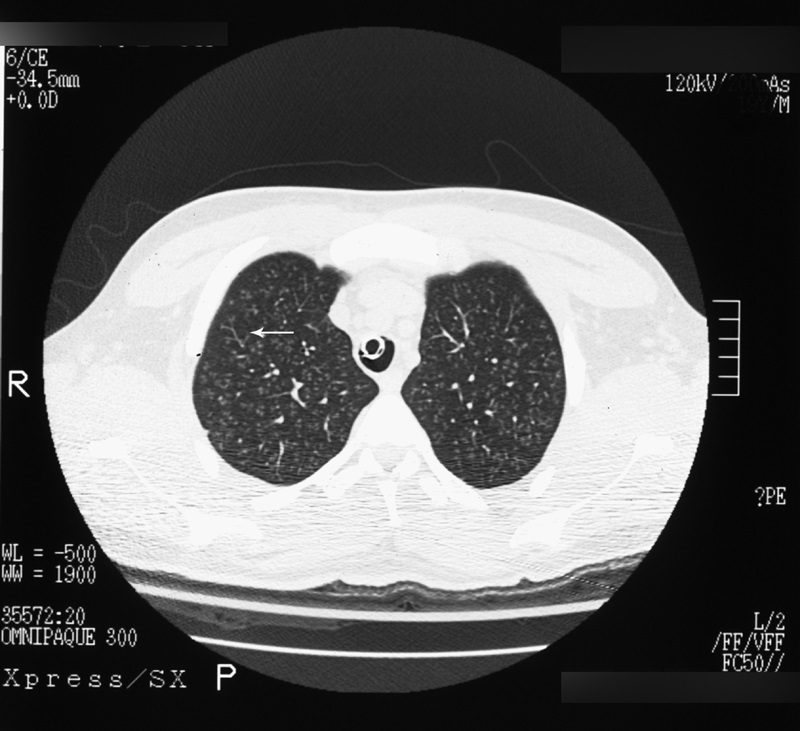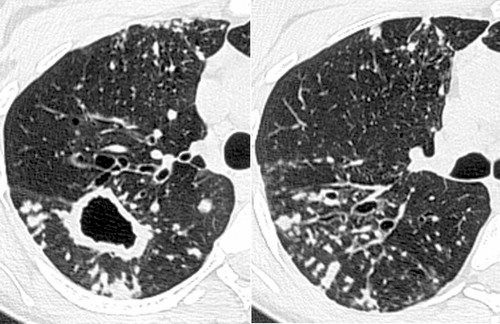tree in bud opacities meaning
TIB opacities typically show branching configurations from secondary pulmonary. The appearance of a tree in bud is depicted by a pattern of bronchial dilatation and filling on a thin-section chestCT.
2 3 Tree In Bud Pattern Seen In Both Lower Lobes Centrilobular Download Scientific Diagram
The tree-in-bud sign is a common finding in HRCT scans.
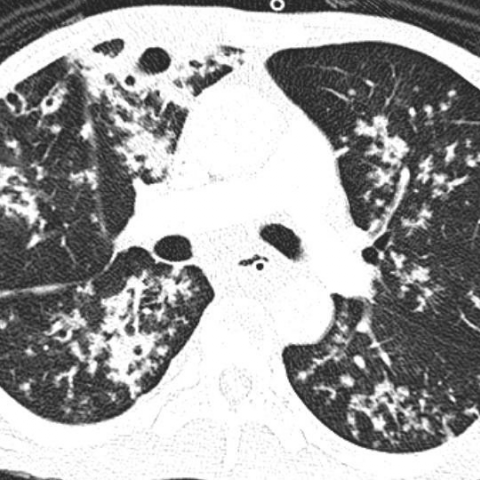
. The tree-in-bud sign indicates bronchiolar. 1 The tree-in-bud sign is a nonspecific imaging finding. A terminal airway impaction is caused by inflammation of the peribronchial.
These opacities are usually found in the upper lobes of the lungs and are. Tree-in-bud TIB opacities are small round densities in the lung that appear as if a small tree were growing inside the lung. This is a symptom of terminal airway impaction and.
The term tree in bud opacity is used to describe a small round white opacity on a chest x-ray. These opacities are often seen on chest x-rays. What is tree-in-bud on CT scan.
The appearance is that of small round masses within the. Tree-in-bud refers to a pattern seen on thin-section chest CT in which centrilobular bronchial dilatation and filling by mucus pus or fluid resembles a budding tree. A tree-in-bud TIB opacity is a common imaging finding in thoracic computed tomography CT.
Tree-in-bud opacities are a type of opacity seen on a chest x-ray or CT scan that can be associated with lung cancer. Tree in bud opacification refers to a sign on chest CT where small centrilobular nodules and corresponding small branches simulate the appearance of the end of a branch. In clinical practice the tree-in-bud pattern may be indicative of a wide range of pathogens including.
The Tree-in-bud Pattern. Tree-in-bud refers to a pattern seen on thin-section chest CT in which centrilobular bronchial dilatation and filling by mucus pus or fluid resembles a budding tree. What Are Tree-in-bud Opacities.
A Common Finding On Thoracic Ct Scans. INTRODUCTION Tree-in-bud TIB opacities are a subset of centrilobular nodules. Tree in bud opacification refers to a sign on chest CT where small centrilobular nodules and corresponding small branches simulate the appearance of the end of a branch.
In radiology the tree-in-bud sign is a finding on a CT scan that indicates some degree of airway obstruction. Their number and affected pulmonary segments were often underestimated compared with CT. On thoracic CT scans a common imaging finding is a tree-in-bud TIB opacity.
On radiographs the CT tree-in-bud pattern often appeared as soft-tissue opacity nodules. 87 rows It is usually pronounced in centrilobular branching structures in the lung periphery associated with diseases of the small airways 36. The list of the most frequent differential diagnoses for tree-in-bud sign includes infections with Mycobacterium tuberculosis.
This pattern is often seen in.
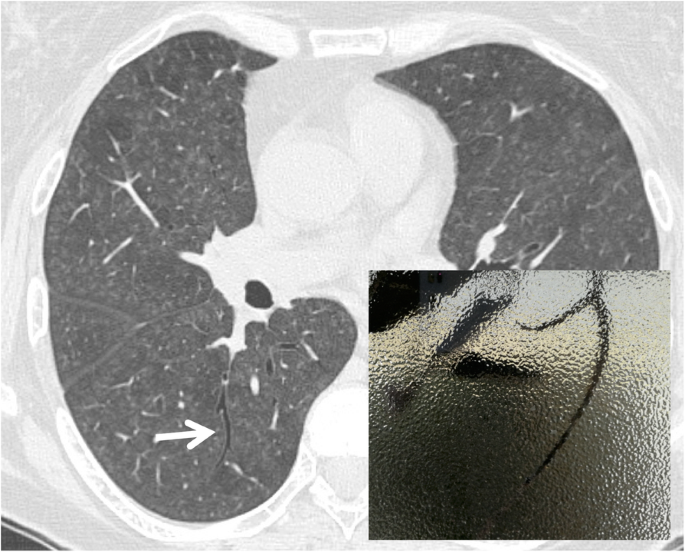
Chest Imaging Using Signs Symbols And Naturalistic Images A Practical Guide For Radiologists And Non Radiologists Insights Into Imaging Full Text

Tree In Bud Pattern Pulmonary Tb Eurorad

X Ray Of The Thorax In Tuberculosis Radlines Org
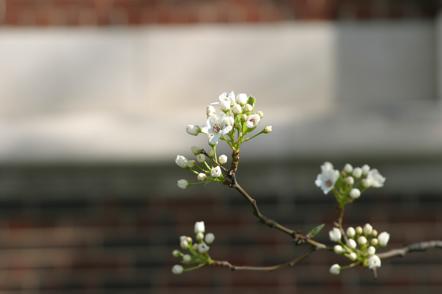
Tree In Bud Sign Lung Radiology Reference Article Radiopaedia Org

Tree In Bud Pattern Pulmonary Tb Eurorad
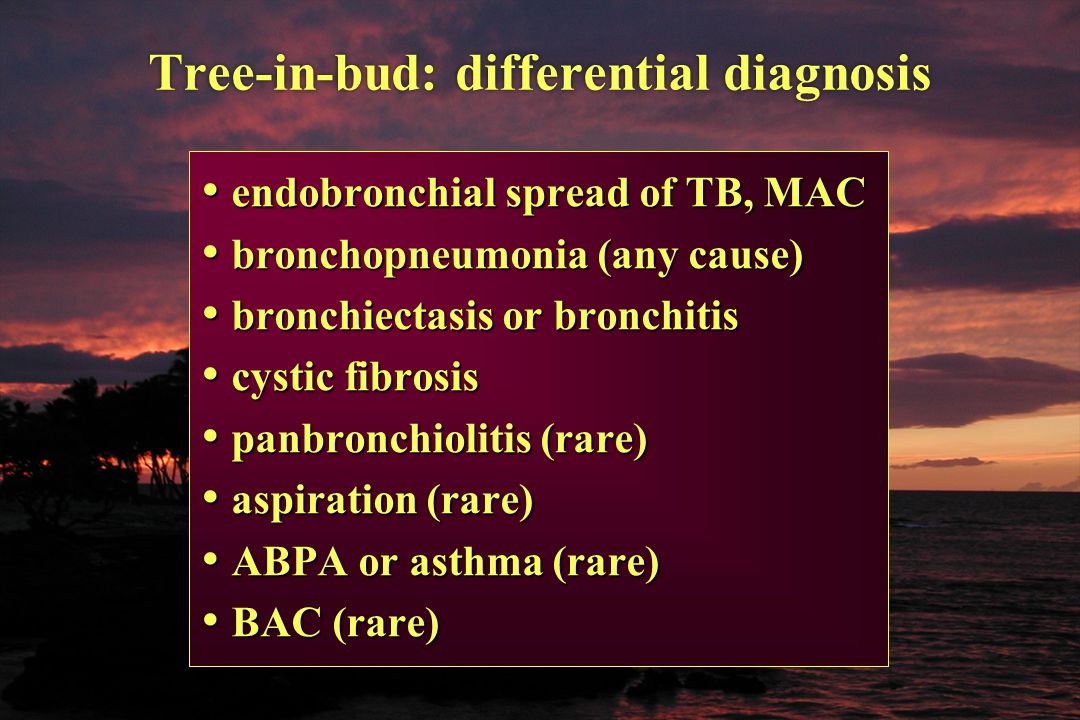
High Resolution Lung Ct Key Findings And What They Mean W Ppt Video Online Download

Scielo Brasil Tree In Bud Pattern Tree In Bud Pattern
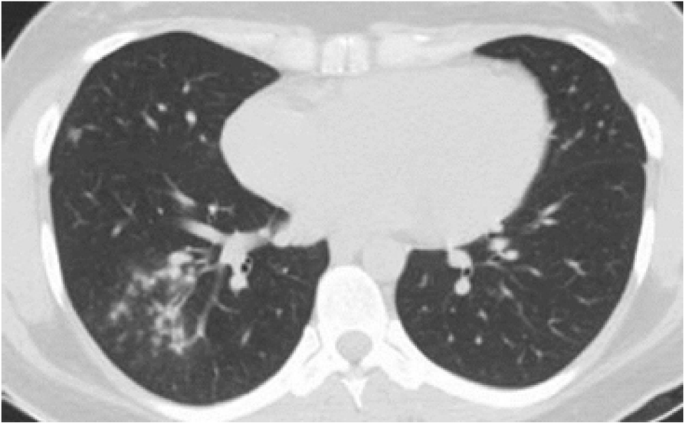
Covid 19 Pneumonia A Pictorial Review Of Ct Findings And Differential Diagnosis Egyptian Journal Of Radiology And Nuclear Medicine Full Text

Imaging Of The Pulmonary Manifestations Of Systemic Disease Postgraduate Medical Journal
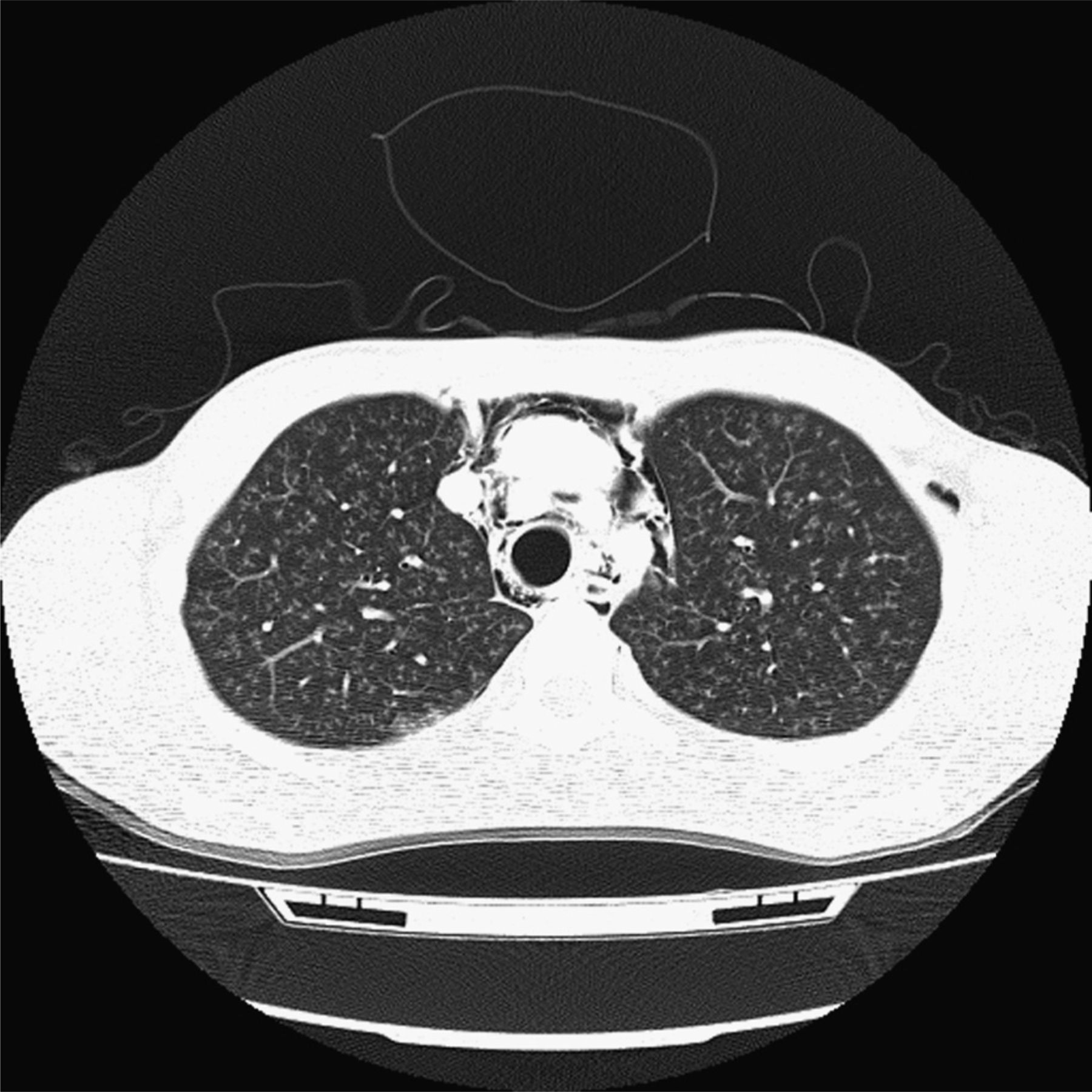
Tree In Bud Attributable To Organising Pneumonia Thorax

Tree In Bud Opacities Chest Ct Finding Radrounds Radiology Network

Imaging Of Covid 19 Pneumonia A Critical Care Perspective Litfl

Tree In Bud Sign An Overview Sciencedirect Topics

Signs And Patterns Of Lung Disease Chest Radiology The Essentials 2nd Edition
